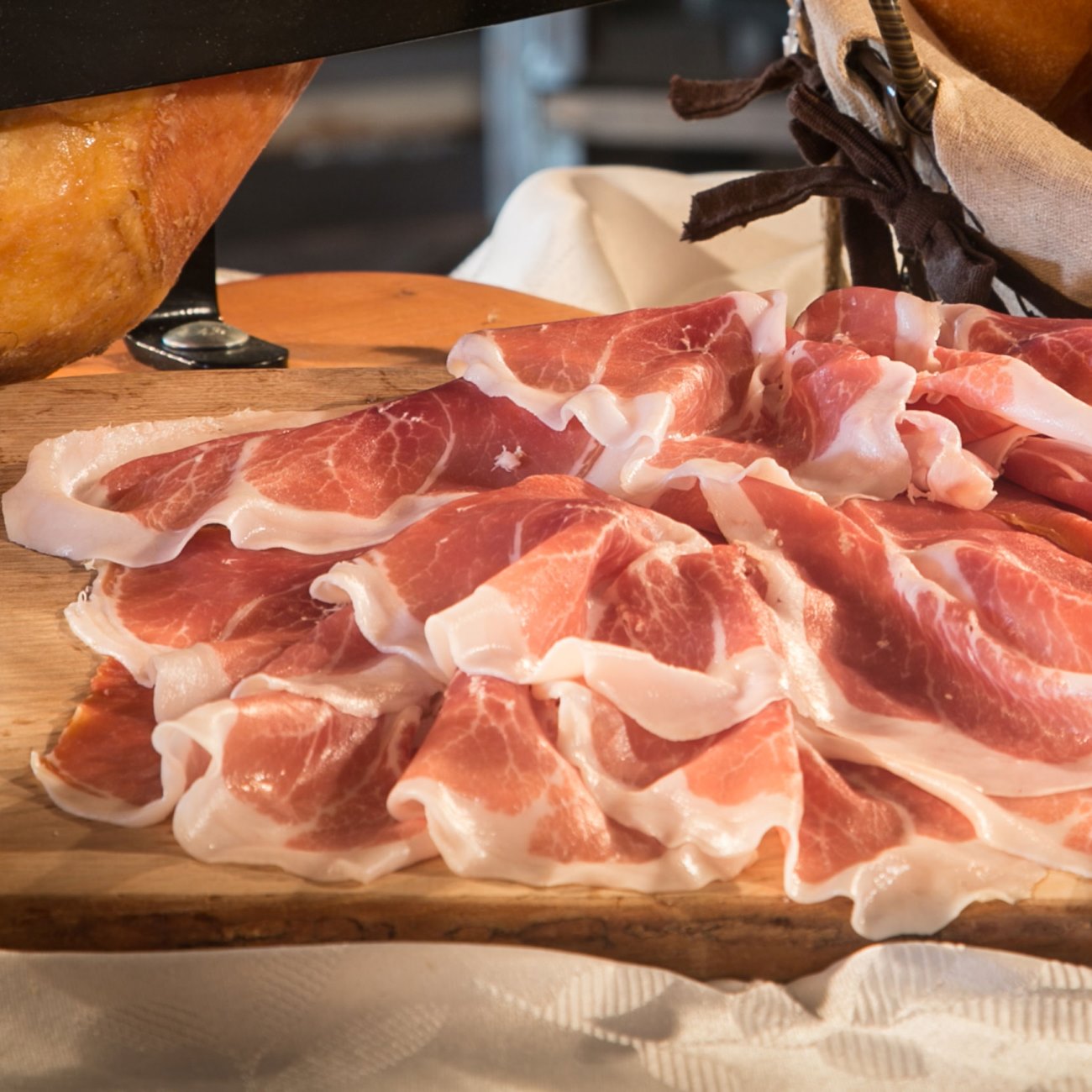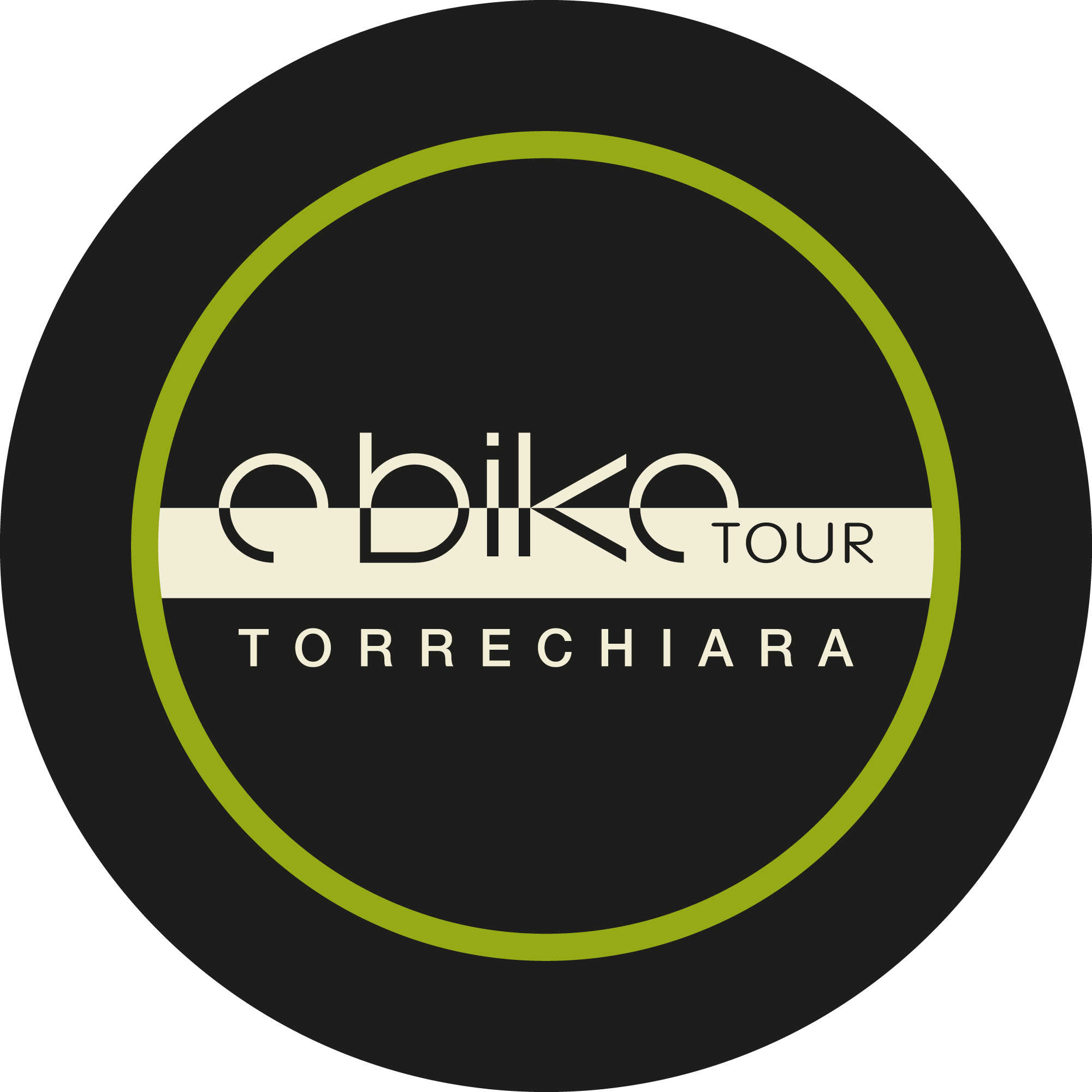
12 Nov Parma Ham Museum
In this fertile land, bounded on the north by the Po River and on the south by the Apennines, and enclosed between the Enza and Stirone valleys, lies Langhirano, an oasis of peace, characterized by the mildness of its climate and air, where pig breeding developed in ancient times, thanks to the vast woodlands and the abundance of oak trees, and therefore of acorns. People of Celtic origin, who had settled here, developed the “technology” needed for the use and preservation of the delicious meat of the numerous pigs that used to graze in this area.
Today Langhirano, the acknowledged capital of Parma Ham, is home to the Parma Ham Museum: within the renovated Foro Boario, a splendid early 19th-century rural building, formerly the premises of the cattle market, the story of this centuries-old passion is told through a layout that recalls the wooden frames on which to this day the cured meats are hung to mature, known as scalere.
The Museum is part of the circuit of Food Museums of the Province of Parma, a quality project for the preservation and promotion of local food and wine traditions that have become part of the national heritage. The Food Museums are centres that tell the story of food origins and offer hospitality, information about the culture of local typical products, and sensorial experiences. In addition to the Parma Ham and Parma Deli Meat Museum in Langhirano, there is the Parmigiano-Reggiano Museum in Soragna, the Museum of Salame in Felino, the Tomato Museum at Corte di Giarola, near Collecchio, and the Wine Museum at Sala Baganza. A story to be tasted!
The Foro Boario, a 1928 building that housed the cattle market, is a magnificent example of rural, paleo-industrial construction in the Po river area, as is the neighbouring former municipal Abattoir, now home to the Cultural Centre of Langhirano. The two buildings share the same concept of recovery of traditional places as ideal spaces for new cultural and social uses, in order to preserve and promote the historical roots and soul of the local area.
THE MUSEUM, on the one hand, reconstruct the production process of the precious products of Parma’s deli meat art (“from pig to salami”), and on the other is a sort of ideal journey from the ancient pork butchery traditions to today’s production methods, highlighting how the evolution of techniques has done nothing to undermine an absolute respect for the original processes. The Museum itinerary is organized in eight sections. It starts from the local area around Parma, with a description of its agricultural production and its close connection with pig husbandry; the second section is dedicated to pig breeds and the third one to salt, telling the interesting story of this very important food preservation ingredient which, being easily obtained from salt wells in nearby Salsomaggiore, facilitated the development over time of the deli meat art in this area. The fourth room is dedicated to the work of pork butchers and displays a vast array of ancient tools and objects, as well as numerous historical documents about pork butchery over the centuries, The remaining four sections focus on the other typical deli meats of the Parma area, on gastronomy, on Parma ham processing techniques, and on the role of the Prosciutto di Parma Consortium, which for years has guaranteed the quality of this extraordinary, world-renowned product. The exhibition closes with a brief review of Parma’s rich agrifood production.
And as a great final treat, the protagonist itself: Prosciutto! Welcomed by the scent of a fragrant “exhibition” of dry-cured hams, visitors enter the tasting room, a real Parma ham shop where they can learn to taste the product, appreciate its quality, and recognize its maturation stages, characteristics and taste. The delectable slices are paired with a wide range of Colli di Parma wines. There is also a museum shop with books and gadgets and a store where visitors can buy selected local products.
The museum building surrounds a beautiful courtyard, an ideal venue for summer cultural events and shows combined with convivial moments and tastings. Throughout the Parma Ham Festival, the museum hosts taste workshops and conferences, shows, play activities for children and enogastronomic events.






